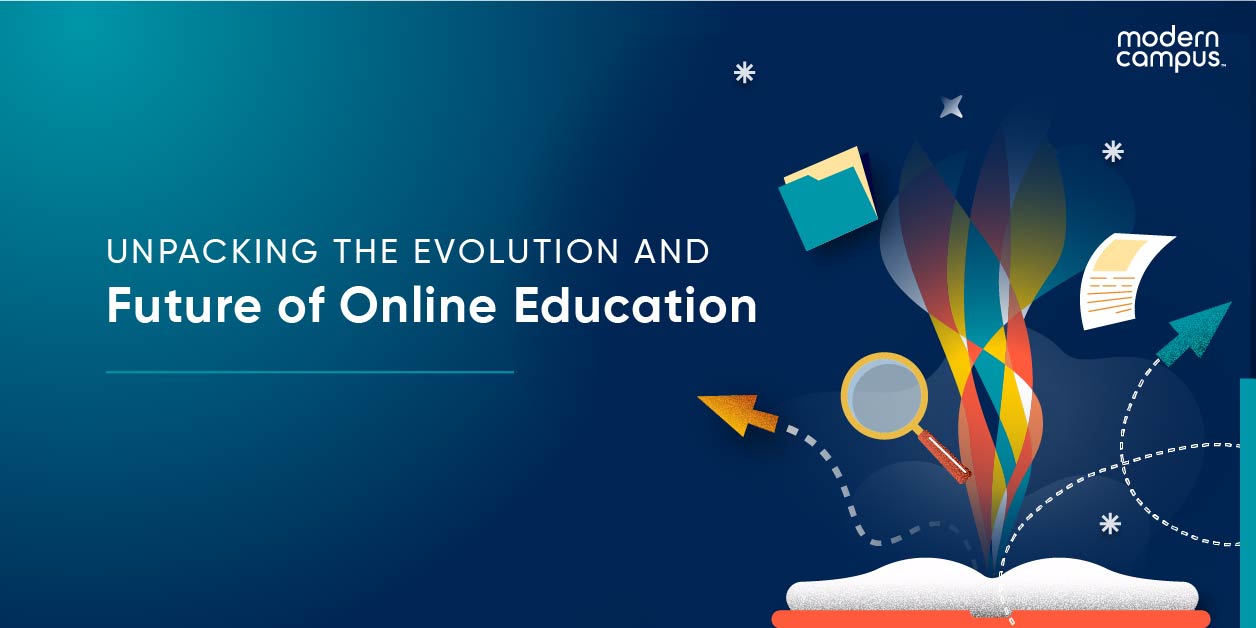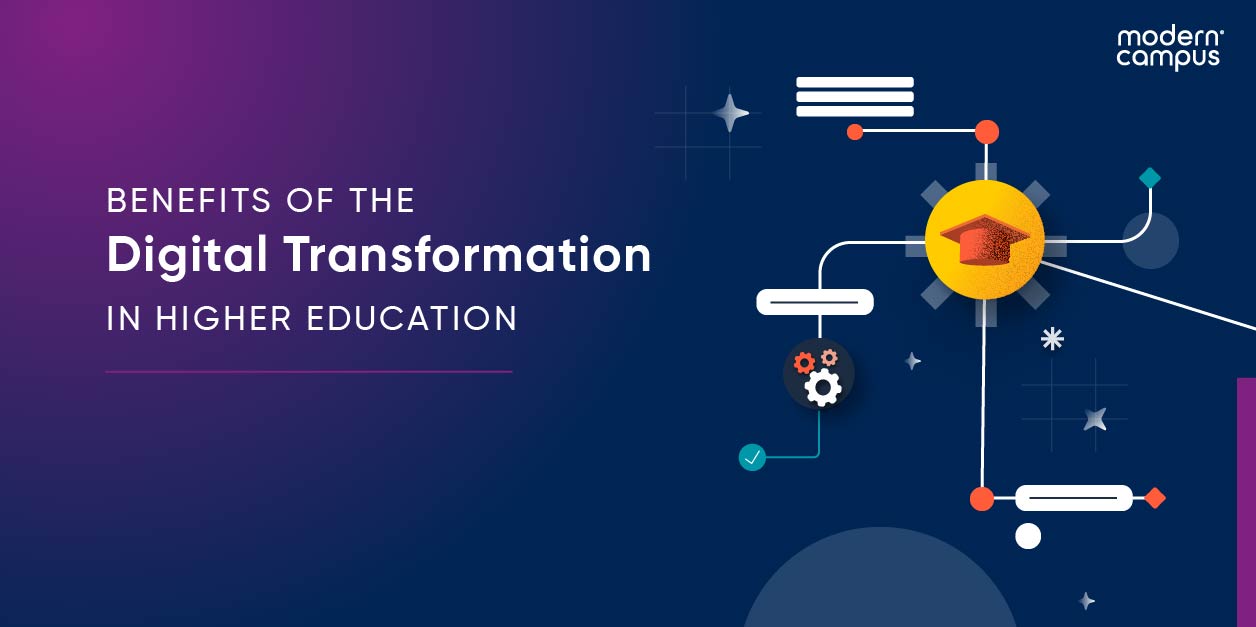Making Room for Non-Traditional Students in Higher Ed
If the pandemic has taught us anything, it’s that change is inevitable. That said, change also presents new opportunities to do away with clunky systems, outdated assumptions, and unrealistic expectations.
Anticipating the challenges ahead for higher ed, maybe it’s time to consider ways to nurture and welcome a new market: non-traditional students. Should recession hit, people of all ages, skill levels, and backgrounds will be seeking training, certifications, and degrees to widen their marketability. Is your school equipped to meet these needs? More importantly, are you willing to shift away from a traditional mindset to embrace this interesting new market?
GRAPHIC CTA = Download 7 Ways to Attract WP
Who are non-traditional students?
Long before the pandemic, student demographics were evolving away from the 18-year-old straight out of high school and enrolling in a full-time degree program. Instead, the modern learner has many faces. According to the National Center for Education Statistics (NCES), 74% of learners who accessed financial aid to pay for their degree programs fall into one of six categories that define non-traditional learners:
- Enrolled part time
- Over the age of 25
- Working at least 35 hours a week
- Caring for dependents
- Enrolling after taking a break between high school and postsecondary education
- Financially independent
This statistic doesn’t include people enrolled in courses and programs that are not credit-bearing and financial aid eligible, which encompasses most continuing, professional, and workforce education offerings. More than likely, the percentage of non-traditional learners is actually much higher.
It's true that some schools will be immune to the changing nature of enrollment and retention. Elite universities, institutions with significant population growth, and highly-niched schools come to mind. But even these schools should embrace change and look for ways to welcome and serve non-traditional learners. Along with adult students, these “new” types of students represent an opportunity to boost enrollment and help institutions achieve their economic and enrollment goals.
How can our school attract and serve these new audiences?
Chances are that continuing ed is not a new offering from your college or university. In fact, many career centers have provided some form of continuing ed or support for non-traditional students.
Compile a List of Current Offerings
Your first challenge is to determine exactly what your school already offers. What departments have programs tailored for non-traditional students? What certifications are available? What about assessments, trainings, continuing education credits or units? You might be surprised with how lengthy a list you come up with after some investigation of existing programs and offerings.
Understand the Need for Economic Growth
New markets, economic downturns, advanced technologies, and changes in an individual’s interests and needs are a few common reasons why continuing education is increasingly relevant.
Consider this: A study by the Lumina Foundation targeted a 60% attainment rate by 2025, with strategies to effectively transition the existing workforce to meet the needs of a knowledge economy. However, the current attainment rate is at 48.4%, which means there is more work to do to ensure that people can access and earn the degrees and high-quality credentials they need.
With 26.2 million American adults with some college experience but no credentials, and 44.2 million American adults who earned a high school diploma or GED but didn’t progress to higher education, there is a significant pool of potential students for colleges and universities to serve.
Nurture Lifelong Learning
If college is anything, it’s a foundation on which to build a life of learning. The problem is, higher ed has been focused for so long only on traditional learners that providing programs and resources to nurture non-traditional students and other lifelong learners has fallen by the wayside. The uncertainty of the pandemic and the new normal we are all facing is a challenge, but also a once-in-a-lifetime opportunity to reposition, re-strategize, and rethink what higher ed should be. This includes figuring out how to serve these learners over a lifetime rather than for a limited engagement at the start of their career.
This corresponds with the idea of a 60-year curriculum, where people segue into and out of education as needed for career boosts, enhancements, and retraining altogether. The reality is that people are shifting from three-stage lives that moved in a linear path from education to work to retirement—into a more complex, multi-stage 100-year life model. Interestingly, this new reality will require constant access to education.

CAPTION = People are shifting from three-stage lives that move in a linear path from
education to work to retirement—into a more complex, multi-stage, 100-year life model.
Unlike parents and grandparents, most people together won’t have the luxury of staying in one profession for their entire career. And most people won’t stop working in their 50s. In this new model, individuals need to regularly upskill and reskill to keep up with the pace of their changing industries. In a survey conducted by Modern Campus, 70% of employers said employees need continuous education and training just to keep up with their jobs.
This means colleges and universities have a more significant potential role to play in delivering consistent and responsive lifelong learning, and to weave ongoing education more seamlessly into people’s lives.
Cater to Students
Let’s face it: education is expensive. It’s not that traditional learners don’t want the same return on their time and money as non-traditional students—it’s just that they’re also expecting a college experience when they show up on campus. Non-traditional learners want timely results delivered in a respectable, student-friendly way. Regardless of age, all learners today have experience as customers. Their expectations are set from interactions with customer-centric companies like Amazon, Uber, and even their local bank.
Active student-centricity is evolving into a necessity for modern institutions, and it’s a differentiator for the colleges and universities that are focused on non-traditional students. Colleges can’t wait to catch up with this trend. They need to deliver what students—all students—want and expect from higher ed. And they need the right student lifecycle management software and content management system (CMS) to deliver this type of exceptional service.
Conclusion
What will the new normal look like at your college or university? Now is the time to imagine the possibilities and take steps to turn those possibilities into real solutions. Factoring non-traditional students into your plan is one way to enhance and grow your institution’s reach.
Learn more by downloading our white paper 7 Ways to Attract and Retain New Audiences.
Last updated: February 5, 2021


